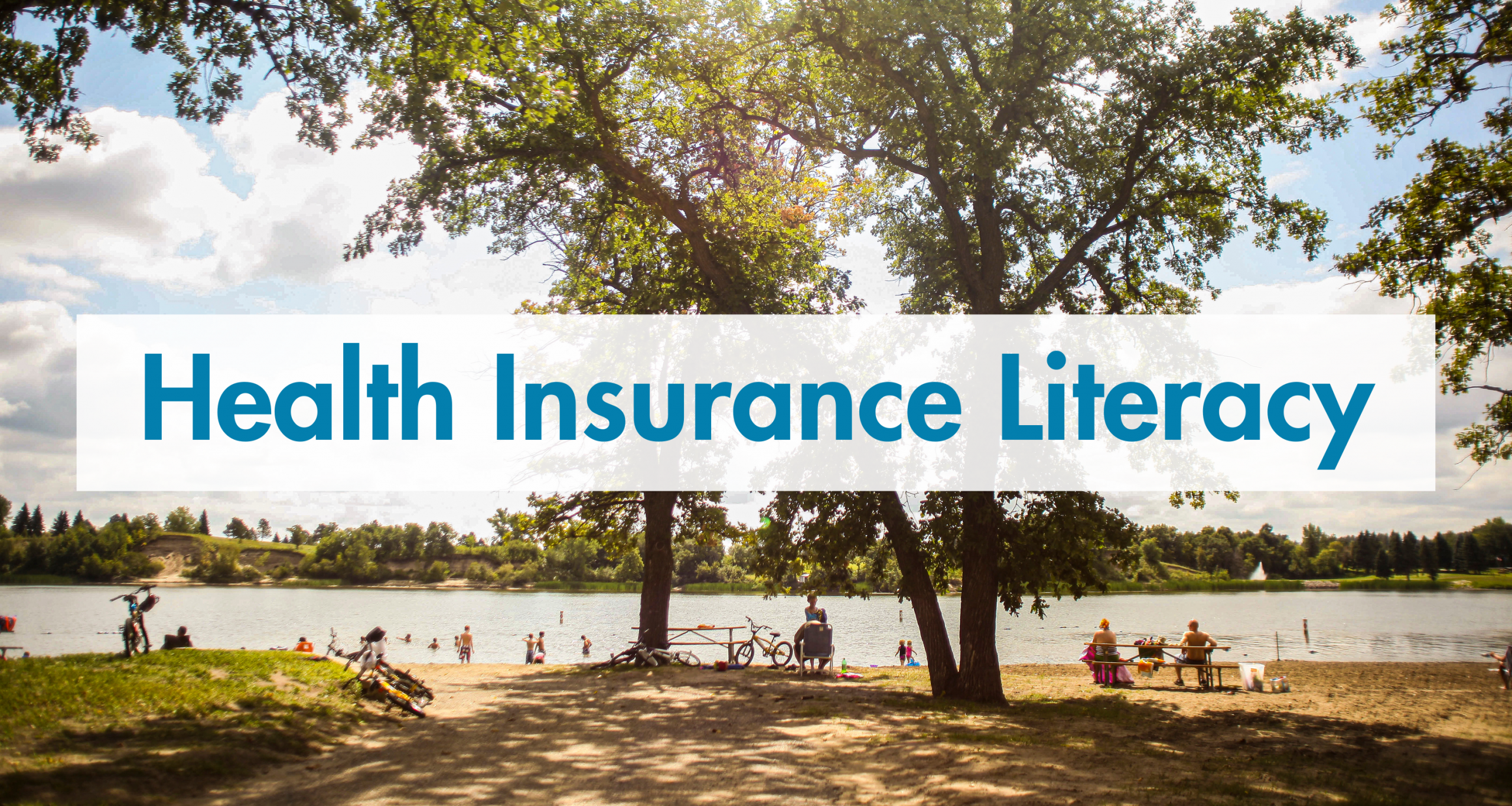RECEIVE A COPY OF THIS NEWSLETTER

QUARTERLY ARTICLE
Why Does Health Insurance Literacy Matter?
Written by: Kristin Michels, North Dakota Center for Persons with Disabilities
When you buy a car, you know it’s not just about the purchase price. You need to buy gas, keep it clean, change oil and fix things when they go wrong. Cars need regular checkups to run well and last long. Some can go for a couple hundred thousand miles if you take good care of them. Your body is a bit like a car. It requires fuel, regular maintenance and occasional inspection to keep things running smoothly. Except you only get one body. So why do so many people take better care of their vehicle than themselves? Annual health checkups are like an oil change and inspection; they help catch problems early. A check engine light might tell you something isn’t right with your car, but your body doesn’t have warning lights. It's up to you to pay attention and listen to your body and get things checked out when something doesn’t feel or seem right.
To help understand some of the confusing terms, here are a few parallels of vehicle vs. health. Health insurance has a variety of terms to explain costs. Premiums are like a monthly subscription cost. Premiums are somewhat similar to a car warranty in that they afford you regular maintenance without added costs. Deductibles are what you pay up front before insurance starts paying (some) repair costs. Copays are what we’ll call “diagnostic” fees. They are smaller costs you pay per visit. And coinsurance is a percentage of your bill that insurance will cover each time. Think of it as, “you pay for parts; insurance will pay for labor.”
That extra care you put into maintaining yourself or your car will save you money and help you run more miles. You should never go without car insurance, especially in our North Dakota winters; health insurance should be just as important. A slip on the ice can send your car to the auto body shop or you to the human body shop (the emergency room). You put gas in your car to keep “from running on empty” and replace belts so they don’t “break.” Isn’t it funny how these could be some of the same words you use to talk about your body when you don’t take care of it?
In both cases, having a better understanding of routine maintenance can save thousands of dollars. An oil change might cost $75-$100+, but that’s minimal compared to the cost of repairing an engine that wasn’t maintained. Your annual health care visit might cost a $30 copay, but it could catch a major issue before it lands you in the emergency room with expensive bills to pay. It can save money and your health if you understand when to visit a health care provider versus the emergency room, know about covered preventive visits, use prescriptions correctly, or fully understand their treatment plans. And many people don’t.
According to some studies, low health literacy costs our country nearly $200 billion annually in direct care costs. One study on increasing health literacy involved circulating a book to parents titled “What to Do When Your Child Gets Sick.” The results found a significant decrease in use of emergency rooms, drastic reductions in the number of unnecessary doctor visits, and fewer missed school and work days. One region estimated their state Medicaid office could save around $550 per family each year just by increasing health literacy.
Many professionals agree that health insurance is valuable, the next step is increasing health literacy so we can reduce unnecessary health care costs and help create a healthier population. For help understanding health insurance, reach out to the North Dakota Navigators at www.ndcpd.org/NDnavigator.
COMMUNITY ENGAGEMENT CHAMPION
Cody Severson, LBSW MPH
Written by: Payton Drent, Community Engagement Unit Graduate Assistant

Public health focuses on helping people move in the right direction for their overall health, and Cody is passionate about this. He explains that public health gives us a better understanding of issues that people experience. Cody is the director of the Community Uplift Program located in Fargo. The Community Uplift Center focuses on being inclusive and helping people with housing, mental health services, and recovery services from substance use.
Cody is currently working with the Human Rights Commission to help improve overall health for his community. Additionally, he offers mental health services to individuals with gender identities that differ from traditional male and female categories.
One of Cody’s proudest accomplishments is that he kept the program open during the COVID-19 pandemic. People who needed resources during the pandemic had this program to go to instead of having little to no other options. Cody is also proud his program is a safe zone for the LGBTQ2S+ community.
Cody is a wonderful and supportive member of his community. He contributes so much by offering services needed for people to get back on their feet and much more. Cody is very deserving of this award and will continue to show his passion for public health and community service! Congratulations on this amazing award!
